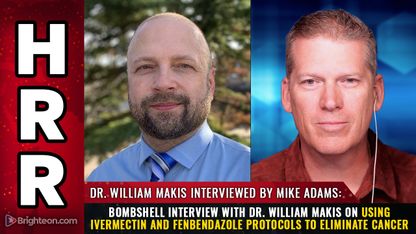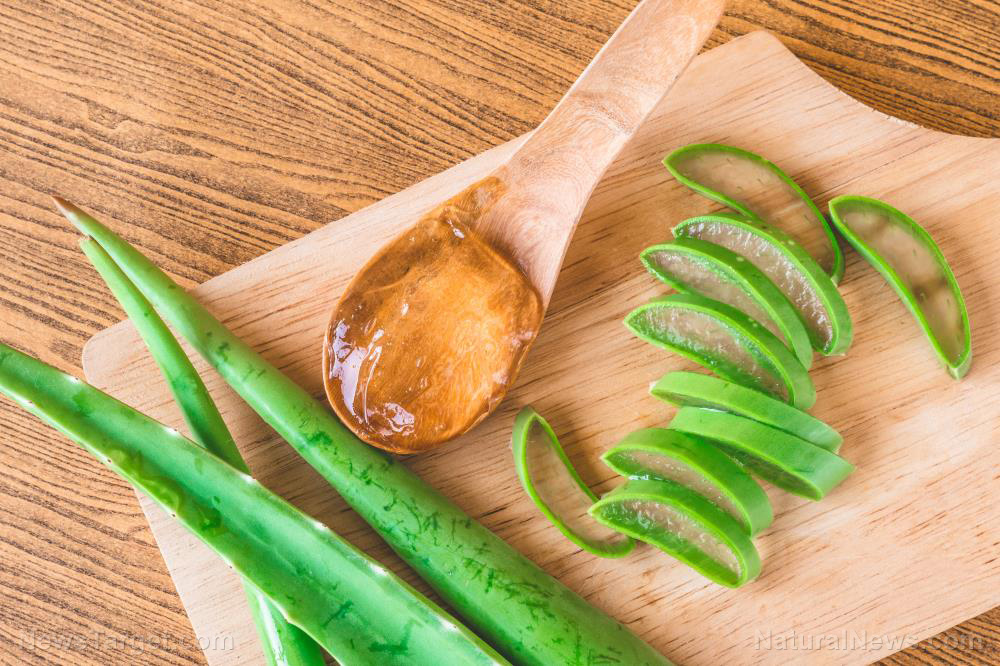A new study that was published in Wound Repair and Regeneration shows that patients suffering from chronic wounds who have never received opioids heal more quickly than those who are administered these drugs. The study involved 450 subjects, and was carried out by researchers from the George Washington School of Medicine & Health Sciences.
The study’s lead author, Associate Professor of Medicine Dr. Victoria Shanmugam, is calling for further studies to understand what is causing this to occur in the hopes of finding faster ways to heal. Her team looked at data such as total wound surface area, pain score and longitudinal opioid exposure to draw its conclusions.
Opioid analgesics are commonly given to people with chronic wounds. Around 6.5 million Americans suffer from chronic wounds, which can leave them in severe pain and significantly diminish their quality of life. These wounds affect an estimated 5 to 10 percent of patients in hospitals, and 13 percent of those who live in nursing homes. Nearly 40 percent of people with spinal cord injuries suffer from these wounds, which include bedsores. Chronic wounds cost an estimated $25 billion annually, and can lead to limb amputations and widespread infections.
These findings dovetail with an unrelated recent study that discovered that victims of accidents fare better when not taking opioids. When it comes to treating persistent pain following car accidents, opioids like oxycodone were not any more effective than NSAIDs like aspirin, acetaminophen and ibuprofen, the study found. Those patients who were prescribed opioids initially were 17.5 percent more likely to continue taking the drugs after six weeks. In addition, the risk of dealing with persistent pain was the same regardless of whether the patients took opioids like Percocet or NSAIDs like Motrin or Advil. That study’s lead author, Dr. Francesca Beaudoin, lamented the fact that this area has not been studied more extensively.
Opioid use fueling nation's drug crisis
These latest studies can be added to the ever-growing list of reasons that people might want to avoid taking opioids. One of the biggest dangers of these drugs is their highly addictive nature, with some people to whom they are administered for legitimate reasons, eventually turning to street opioids like heroin to fuel their addiction.
CDC issues new standards
Rampant opioid use has led to one of the nation’s biggest public health crises in recent years, prompting the CDC to publish new standards aimed at prescription painkillers. These standards recommend that doctors first try over-the-counter pain relievers before prescribing opioids, and that they limit the prescriptions they do give out to just a few days. The sales of opioid-based painkillers top $2 billion a year, so it’s not surprising that Big Pharma has been trying to push these drugs on patients for so long. As more studies come out that show their dangers and inefficacy, one can only hope that more people will question whether these drugs are really necessary when they are offered them.
While many doctors agree that the new standards are long overdue, the CDC has failed to address the fact that plenty of natural painkilling alternatives do exist. Research recently showed that acupuncture can activate your body’s natural opioids, reducing the need for painkillers. Turmeric, arnica and cannabis can also be used to help deal with pain. Those suffering from chronic wounds should look into some of the many alternatives to opioids if they truly want their wounds to heal.
Sources include:
Please contact us for more information.


















